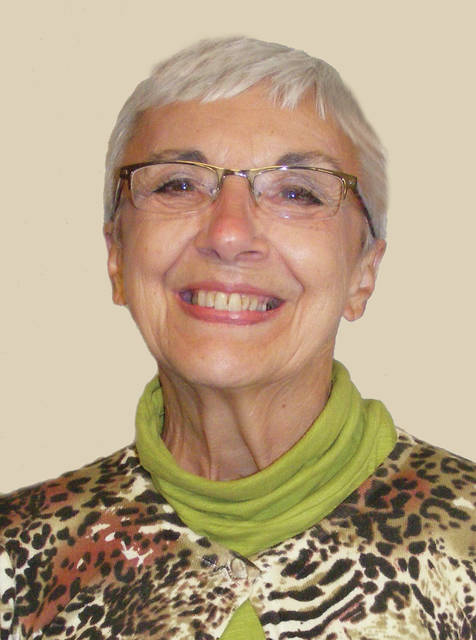
“Creativity is the process of using imagination and critical thinking to generate new ideas that have value.” So began an inspirational presentation by Cindy Foley, Executive Deputy Director at Columbus Museum of Art at the recent Creative Ohio Advocacy Summit organized and convened by Ohio Citizens for the Arts; Ms. Foley, who leads the museum’s Education Department, strongly believes creativity is not only an essential ingredient to producing art but also to progress throughout society and the world.
Her belief is reinforced by Nobel Laureate Thomas Sudhof, whose scientific work explains the presynaptic neuron (?!!), giving us a clearer view into how the healthy brain relays information. Upon receiving the Nobel Prize in Physiology or Medicine, the acclaimed neuroscientist credited his success not to his science mentors but to his bassoon teacher! Sudhof believes that both art and science transcend the present moment, providing insights into truths, although in different kinds of experience. He also states that his music lessons taught him to value tradition as the basis for progress, while at the same time striving to transcend tradition.
Ms. Foley defines creativity as the ability to imagine, to develop new ideas; “Creativity is not related to your ability to draw or paint, which are simply vehicles, mechanisms for getting your ideas out into the world, she said. Twentieth century painter George Braque succinctly explained that concept when he said “Painting is a nail to which I fasten my ideas.” However, another famous painter, Pablo Picasso, once said “Every child is an artist; the problem is how to remain an artist after we grow up.”
The actual existence of such a quandary is verified by a NASA study which concludes that creative types make up 98 percent of the population of 5-year-olds, a total that declines to 12 percent by age 15, and almost vanishes by adulthood, with only 2 percent of adults found to be creative. What happens to that sense of wonder which activates curiosity, inspires creativity, and initiates discovery?
Curiosity — the state of being open to and inviting new ideas, new understanding — is essential to creativity. The average child asks 125 probing questions per day; however, by adulthood that astounding number of daily inquiries has declined to just 6! The arts can be a clear champion of creativity, inspiring practitioners and partakers to generate, reflect upon, and experiment with ideas. Wondering how, wondering why can lead to answers inspiring more questioning, often generating a sense of wonder that can incite the mind, energizing something that the genius Albert Einstein deemed more important than knowledge — imagination.
Imagination can be defined as the ability to conceive of what is not; the absence of that creative trait has often been cited as the underlying reason for ineffective response to world crises, as in the 9/11 Commission’s finding that lack of imagination in anticipating such a destructive event was the major flaw leading to failures in response. Likewise, who would have imagined the events of the past year engendered by the COVID pandemic? Creative thinking is essential to society evolving in a positive way; rather than frivolous daydreaming, imagination in the pursuit of foreseeing or resolving vital unanswered questions is a valuable resource, and one inspired by exposure to or involvement with the arts.
Human beings often question why we are here, what is our purpose; one good answer to that query is “We are here to create.” During our lifetimes, we can and do create many outcomes: joy, sorrow, order, chaos, careers, families, scientific advances, artistic achievements. By inspiring creativity that can lead almost anywhere, including to a Nobel Prize and beyond, the arts make vital contributions to humankind far beyond providing pleasurable diversions to be enjoyed and savored.





